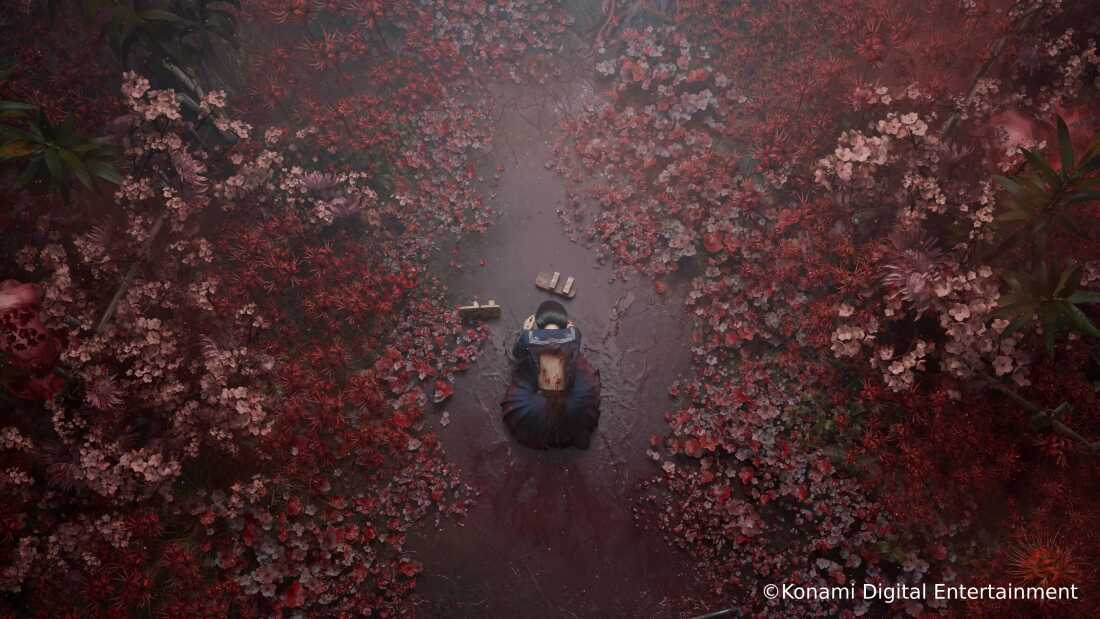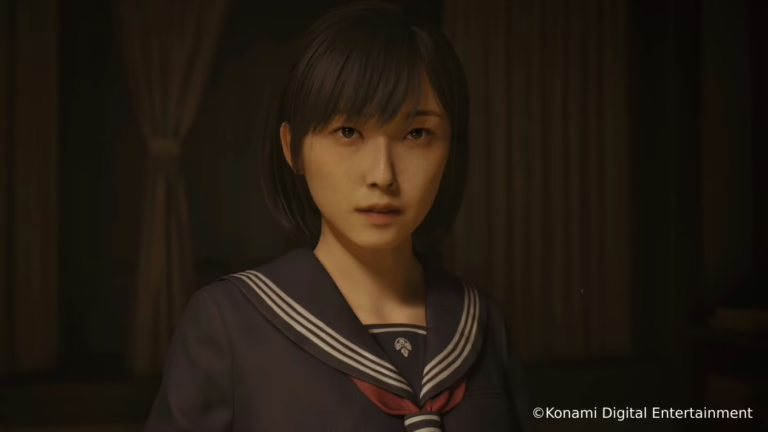Silent Hill f delves into the psychological and societal horrors of 1960s Japan.
Konami
hide caption
toggle caption
Konami
In every Silent Hill journey, as the protagonist spirals deeper into insanity and darkness, a haunting question surfaces: Am I trapped in a dream?
This question lies at the heart of Silent Hill’s unique brand of psychological terror. Unlike Resident Evil, which scares players with tangible threats like monsters, death, and scarce supplies, Silent Hill unsettles by challenging the stability of the mind and the nature of reality itself. What is genuine? What is illusion?
Fans of the series will soon find themselves pondering if they are caught in this dreamlike nightmare. Silent Hill f stands as one of the most daring, gruesome, and compelling entries in the franchise-a remarkable feat that seemed nearly impossible just over a year ago.
Silent Hill F shifts its backdrop but preserves the franchise’s signature horror essence.
Playstation
YouTube
After years of underwhelming releases and neglect, Konami has impressively delivered two standout Silent Hill titles within a single year. While the remake of Silent Hill 2 was a monumental success, Silent Hill f surpasses expectations as an original installment that both honors the series’ roots and ventures into bold new territory with its setting and storytelling.

Silent Hill f centers on Hinako, a teenage girl navigating life in a remote Japanese village during the 1960s. Initially, her struggles seem rooted in everyday conflicts: tense family dynamics, the pressure of impending marriage, and shifting friendships. However, these surface issues soon reveal a deeper, more harrowing reality. As Hinako’s internal turmoil intensifies, the idyllic mountain town transforms into a decaying nightmare filled with grotesque creatures.

The psychological conflicts of Silent Hill’s characters are frequently mirrored in the game’s eerie landscapes.
Konami
hide caption
toggle caption
Konami
One of the game’s greatest strengths is its masterful use of ambiguity, which keeps players engrossed. Who exactly is Hinako, and how is she entwined in this tale of madness and violence? What secrets do her companions harbor? And what are the intentions of the enigmatic figure wearing a fox mask?
Silent Hill f explores a theme rarely emphasized in previous entries: the influence of societal and cultural forces on the protagonist’s psychological collapse. Is Hinako truly losing her mind, or is the oppressive world around her the true source of madness? She confronts not only her own fears but also the strict patriarchal expectations of 1960s Japan, which loom large throughout the narrative.
Many mysteries remain unresolved even after the credits roll, inviting players to revisit the game and engage with the community to unravel its layers. This is a title rich with symbolism and hidden meanings, perfect for deep analysis and discussion.
Beyond its story, the game boasts exquisitely crafted cutscenes that rival cinematic quality. The pacing is relentless yet balanced, with puzzles that challenge without frustrating. Even the Story mode, recommended for first-time players, offers a finely tuned difficulty curve.
However, some may find the combat system somewhat overwhelming, featuring a variety of attack types and counters that can feel excessive. While these encounters are narratively justified, a few more moments of exploration or puzzle-solving in place of combat would have been welcome.
Ultimately, the hallmark of any great Silent Hill game is its atmosphere and storytelling, and Silent Hill f excels spectacularly in both. To my surprise, it stands as my favorite installment since the original Silent Hill 2.
Indeed, it is that exceptional.
























